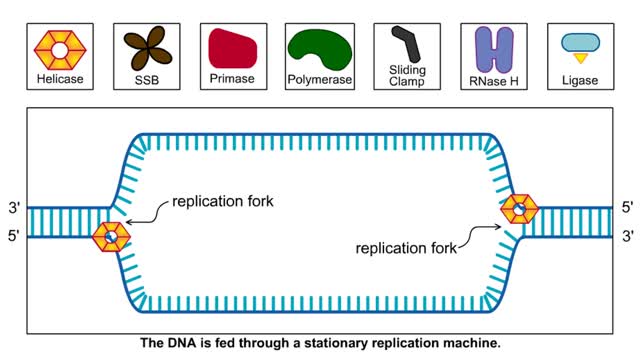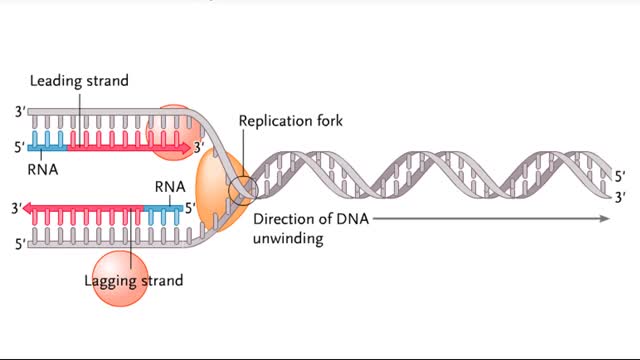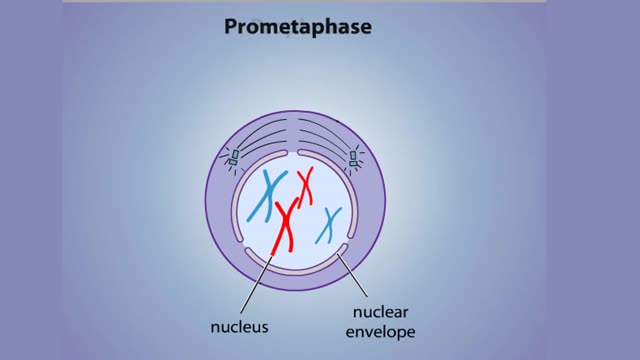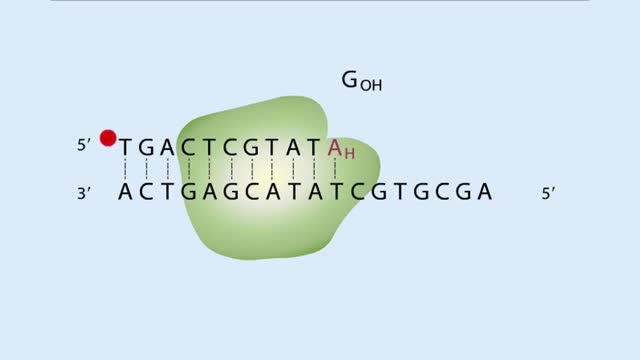Search Results
Results for: 'DNA'
The Lagging Strand in DNA Replication and Replication in Action
By: HWC, Views: 10621
The lagging strand is the strand of nascent DNA whose direction of synthesis is opposite to the direction of the growing replication fork. DNA backbones run in opposite directions, the strands in a DNA molecule are oriented antiparallel to one another. New DNA is made by enzymes called DNA...
Semidiscontinuous DNA replication
By: HWC, Views: 10930
During DNA replication, one of the two DNA strands, the leading strand, is replicated continuously, or all at once, in the 5' to 3' direction. The other strand, called the lagging strand, is replicated discontinuously, or in pieces, in the 3' to 5' direction. This is necessary because DNA poly...
By: HWC, Views: 10792
The Crisis in Antibiotic Resistance More than 70 years ago, Alexander Fleming discovered penicillin. A few decades later, when this antibiotic was used in World War II, Fleming's discovery had revolutionized medicine. No longer did people have to die from something as trivial as an infected cut.Y...
Replication of DNA and Chromosomes/ How do cells replicate their DNA? (Animation) no Audio
By: HWC, Views: 10993
DNA replication in E. coil begins at a site called oriC where a replication bubble forms. At either end of this bubble is a replication fork. Since DNA polymerase Ill can read its DNA template strand only in the 3' to 5' direction this means that one strand (leading) can be read continuously b...
Major Elements in Biological Molecules: Proteins
By: HWC, Views: 10638
Proteins are chains of amino acids linked by peptide bonds. The 20 different amino acids used to make all proteins differ only in their side chains, and the properties of these side chains account for the great diversity of protein structure and function. Collagen is an example of how a prote...
Major Elements in Biological Molecules: Nucleic acids
By: HWC, Views: 11049
DNA and RNA are nucleic acids (polymers of nucleotides). Two polymers with complementary nucleotide sequences can pair with each other. This pairing endows nucleic acids with the ability to store, transmit, and retrieve genetic information. Two strands of DNA pair by hydrogen bonding. A compon...
HIV Infection: Viral life cycle
By: HWC, Views: 10545
The series of steps that HIV follows to multiply in the body. The process begins when HIV encounters a CD4 cell. The seven steps in the HIV life cycle are: 1) binding; 2) fusion; 3) reverse transcription; 4) integration; 5) replication; 6) assembly; and 7) budding. Many viruses f...
Stages of Mitosis - Prophase, Prometaphase, Metaphase, Anaphase & Telophase
By: HWC, Views: 10912
In mitosis, the nucleus divides to produce two nuclei that are genetically identical to each other and to the parent nucleus. To prepare for division, the DNA replicates in the preceding interphase. Although the chromosomes are not yet compacted and visible as discrete bodies, we illustrate them ...
DNA Sequences - Dideoxy Sequencing
By: HWC, Views: 10485
A short, radiolabeled primer is annealed to the single-stranded DNA to be sequenced. The DNA serves as a template for in vitro DNA synthesis. The DNA-primer mixture is split into four separate tubes. DNA polymerase and a solution of dNTPs are added to each tube. One of the four 2',3' dideoxy-N...
Advertisement











